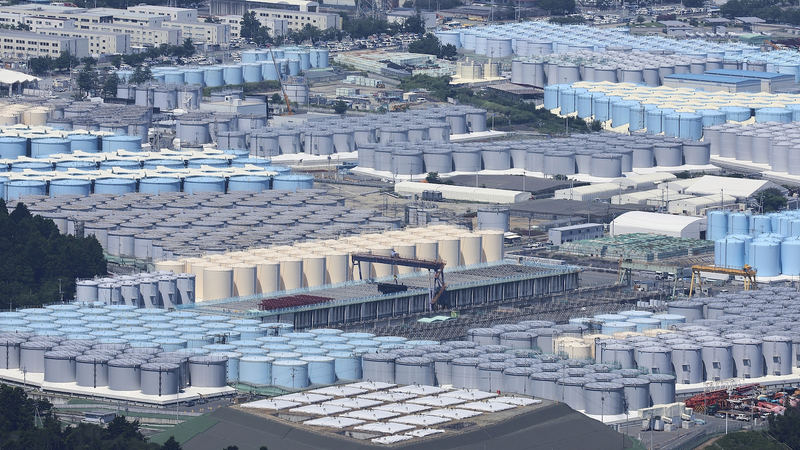🌕✨ Unlocking the Moon's Mysteries! Chinese scientists have just dropped their first-ever research on samples from the far side of the moon, thanks to the Chang'e-6 mission. 🚀
Published in the National Science Review, this groundbreaking study dives deep into the physical, mineralogical, petrographic, and geochemical properties of these lunar treasures.
The team discovered that the Chang'e-6 soil samples are less dense than earlier ones, hinting at a more porous and loosely packed composition. Interestingly, these samples have a higher plagioclase content compared to Chang'e-5 samples, but less olivine.
They also found that the lithic fragments are mainly made up of basalt, breccia, agglutinate, glasses, and leucocrate—pretty cool, right?
But wait, there's more! The geochemical analysis showed that trace elements like thorium, uranium, and potassium are present in different amounts compared to Apollo and Chang'e-5 samples.
Why does this matter? Analyzing these samples helps scientists study the moon's early evolution, the differences in volcanic activity between its near side and far side, and even the impact history of our inner solar system. Talk about cosmic insights! ✨
The research team includes leading Chinese space science gurus like Li Chunlai from the Chinese Academy of Sciences, Hu Hao, the chief designer of the Chang'e-6 mission, and Yang Mengfei from the Beijing Institute of Spacecraft System Engineering.
In case you missed it, the Chang'e-6 lunar probe was launched on May 3 and returned on June 25 this year, bringing back a whopping 1,935.3 grams of lunar samples—the first-ever from the moon's far side in human history! 🌟🌌
Reference(s):
Chinese scientists publish first paper decoding lunar farside samples
cgtn.com




